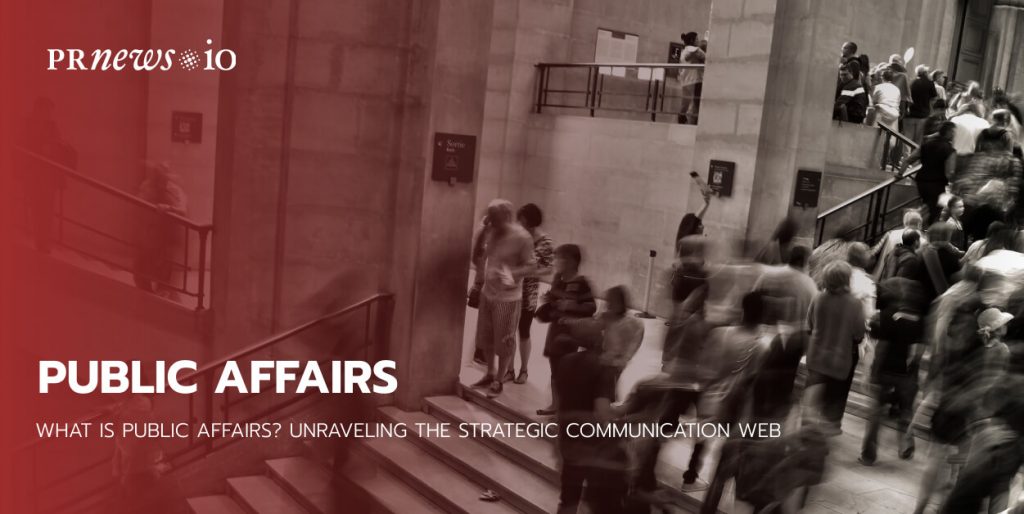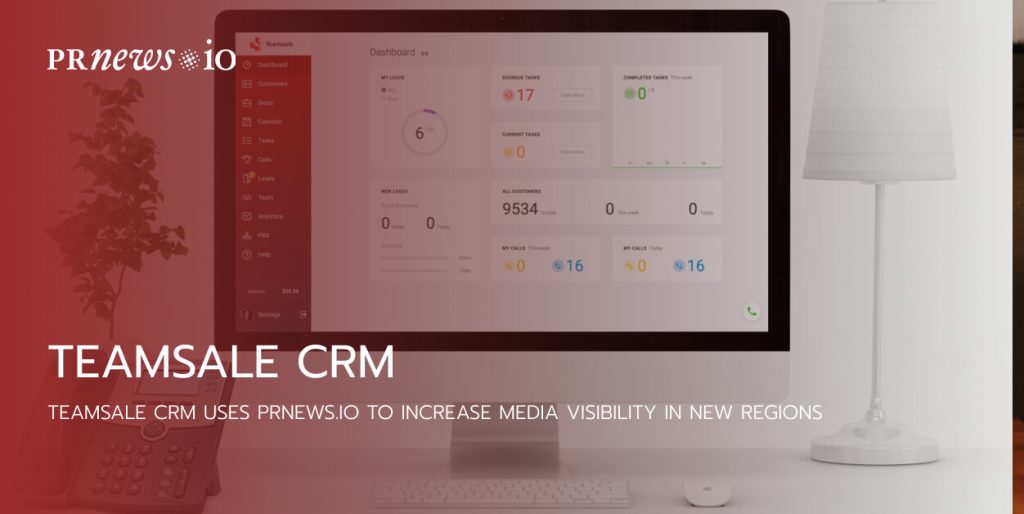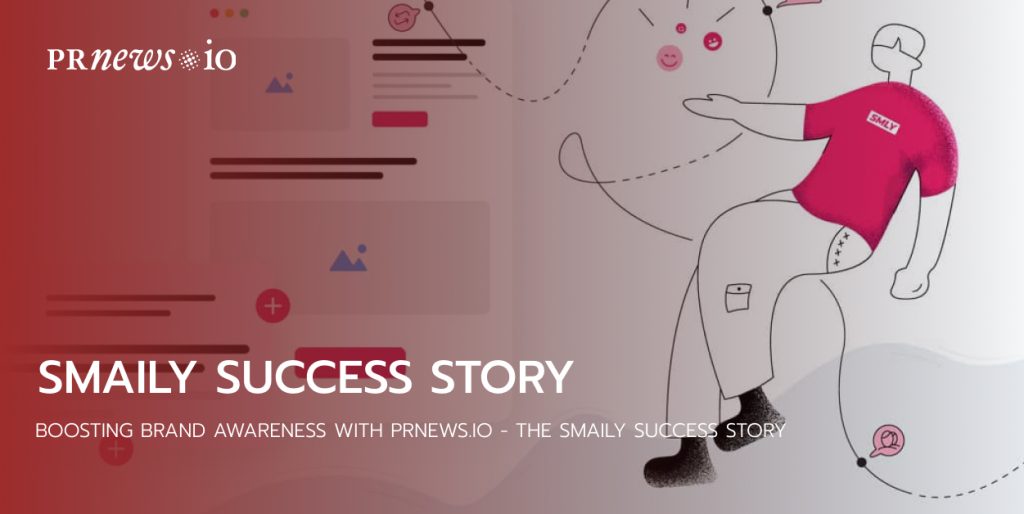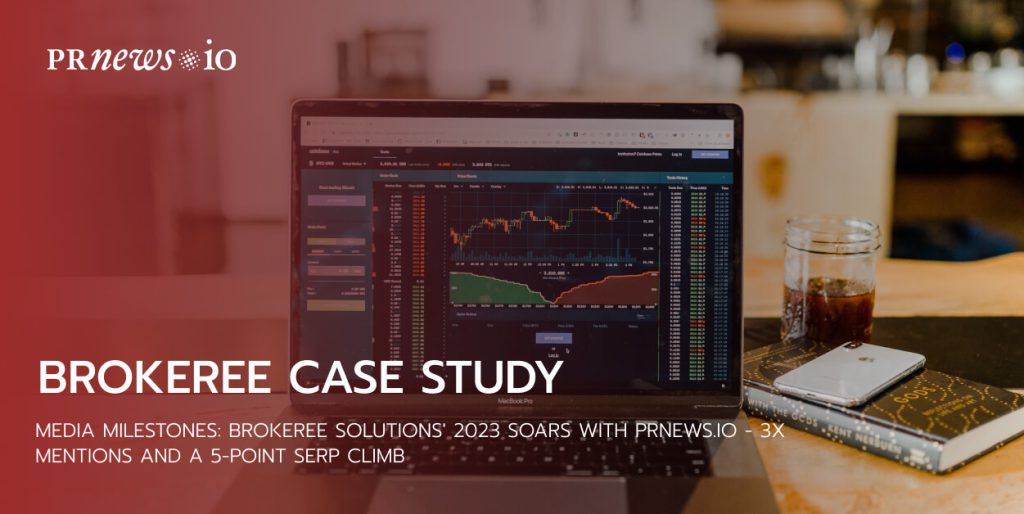
What is public affairs? It is a strategic communication function focused on establishing and nurturing positive relationships with stakeholders, influencers, and decision-makers in the public sphere. It encompasses managing issues, reputation, advocacy, policy, and engagement with media, government, and civil society. This crucial role influences public perception by guiding a company’s messaging. Gaining a deeper understanding of public affairs can help you assess if a career in this field suits you.
In this article, we will define public affairs, outline the responsibilities and essential skills needed for professionals in this field, and provide information on various public affairs positions, including their duties. Our article answers these and other questions if you want a more in-depth view into “What is Public Affairs?” and its value for your project. Let’s dive in!
What is Public Affairs?
Public Affairs refers to the interaction between businesses or organizations and government entities. It involves strategic communication, similar to public relations, to connect with relevant stakeholders and express their perspectives, especially when developing new policies and regulations.
The need for a Public Affairs partner often arises in the following situations:
- When a business is impacted by new or existing policies that could adversely affect its operations,
- When a business expands into new countries with different rules, regulations, or public opinions, requiring local expertise and stakeholder engagement
- When a business aims to collaborate with governmental bodies and requires guidance in navigating processes and establishing relationships.
What are public affairs experts’ responsibilities?
Understanding the duties and responsibilities of public affairs experts is a vital part of our “What is public affairs?” discussion.
Public affairs is responsible for improving a company’s image and establishing strong relationships with customers and stakeholders. Professionals in public affairs work closely with management to discuss public perception and set goals. They create communication plans and guide corporate messaging by collaborating with marketing, public relations, and media experts. These roles include communications specialist, media coordinator, public policy manager, public relations, social media manager, and crisis management. Public affairs professionals are vital for businesses of all sizes, as engaging with the public is crucial for success.
Public affairs professionals need a diverse set of skills to be successful in their roles. These skills include negotiation, leadership, analytical thinking, time management, strong communication, and technical abilities.
- Negotiation skills are crucial in public affairs as professionals must balance corporate interests with public opinion. They often find alternatives and make concessions to achieve long-term business goals. For example, they may remove a product from stores to address public backlash, which can help build customer loyalty and show understanding and respect for their emotions.
- Leadership abilities are essential for guiding public perception and achieving business goals. Public affairs professionals with strong leadership skills can effectively communicate their message and initiatives to the community, encouraging public engagement and enhancing customer confidence in their abilities.
- Analytical skills are necessary in public affairs to gather information and draw relevant conclusions about public perception. Professionals with analytical skills can use data management software and statistical analysis to plan future campaigns and efficiently analyze large data sets, organizing them into valuable information.
- Time management skills are essential for coordinating events and activities that engage the community and create public awareness. Strong time management and organizational skills enable professionals to coordinate between vendors, media, and event attendees. Timing events and campaigns with current consumer interests help companies remain competitive.
- Strong communication skills are vital in public affairs, as professionals regularly draft press releases and speeches. They need excellent writing and proofreading abilities to communicate the same message effectively to diverse audiences, including the public and legislators. Adapting the message’s medium, phrasing, and tone based on the target audience is critical.
- Technical abilities are becoming increasingly important in public affairs, particularly in social media positions. Professionals must understand how to apply technology and often rely on data management software to organize consumer information. Proficiency in using technology allows for quicker analysis of larger data sets, aiding decision-making in public affairs roles.
What is a typical day for a Public Affairs expert?
A typical day for a Public Affairs professional involves starting with government stakeholder mapping, categorizing them based on the required engagement level. Planning and prioritizing stakeholders according to their needs is crucial, engaging with some daily and others quarterly. Monitoring and flagging any political changes, including personnel and policy, even if they are still in the proposal stage, is essential as these changes can pose risks to the company’s operations and strategies.
Public Affairs professionals also collaborate with other departments to work on corporate social responsibility (CSR), ensuring they convey the right messages and enhance the company’s image while aligning with government initiatives. Additionally, they actively provide constructive feedback on draft regulations that may impact the business, engaging in advocacy through various tools such as influencing public opinion through the media or directly representing the company’s interests to stakeholders using their expertise and purpose.
Public Affairs vs. Public Relations
When speaking about public affairs, many need clarification on the term public relations. To prevent you from making such a mistake, let’s continue our “What is public affairs?” discussion by specifying both terms’ main similarities and differences.
Public affairs and public relations both involve interacting with the public. Public affairs deals with matters directly affecting the public, such as legislation or public administration. On the other hand, public relations acts as a bridge between an organization and the public. Public affairs typically align with noncorporate entities like government agencies or nonprofits, while public relations is commonly associated with the business sector.
These alignments determine the career paths pursued in public relations or public affairs. Those interested in public relations often choose corporate roles like communications assistant, social media strategist, or marketing specialist. Meanwhile, individuals interested in public affairs may pursue positions in government or nonprofit entities, such as lobbyist, government relations monitor, or community affairs manager.
Professionals in public affairs and public relations strive to establish strong relationships with the public based on trust. Trust is necessary for the information shared to be considered. This can negatively impact businesses’ bottom line or hinder a government agency or nonprofit’s effectiveness in achieving policy goals.
Similarities
Public affairs and public relations, while distinct concepts share significant similarities. Both fields involve creating, developing, and implementing campaign strategies to elicit specific public responses. For instance, a public affairs professional in a city government role might launch a multimedia campaign promoting the benefits of recycling to encourage greater participation. Similarly, a public relations representative could develop a campaign to generate interest in a car company’s new make and model, leading to increased test drive requests.
Furthermore, public affairs and public relations individuals employ a blend of traditional and digital marketing strategies to disseminate their messages effectively. Traditional approaches encompass media channels like radio or TV commercials and newspaper advertisements. On the other hand, digital tactics involve online advertising and establishing a social media presence on platforms such as Facebook or Instagram.
Irrespective of whether individuals pursue careers in public affairs or public relations, certain essential skills are critical to their success. These core competencies encompass advanced research, analytical, and critical-thinking abilities. Additionally, given the rapid evolution of digital media and the emergence of new apps and social media platforms, the capacity to adapt readily to change is also crucial.
Differences
Public affairs and public relations have distinct differences in the relationships they aim to establish and their impact on businesses. Public affairs campaigns target aspects of public life, such as recycling or maintaining public spaces, to influence people’s behavior or response to these concepts. On the other hand, public relations campaigns focus on establishing or strengthening connections between individuals and businesses, emphasizing the goods or services that the company offers for purchase.
Examining the topics associated with their respective campaigns is crucial to differentiate these two fields further. Public affairs campaigns typically revolve around public policy, whereas public relations campaigns lean more toward commercial objectives.
The impact on businesses resulting from successful campaigns also varies between public affairs and public relations. By employing public affairs strategies, companies can leverage public policy to influence the adoption of policies that would benefit their operations. For instance, a surfboard manufacturing company might support a public affairs campaign advocating for clean beaches, which could lead to increased surfing activities and the purchase of its surfboards. Conversely, the same company may use public relations to reach consumers through advertising campaigns that promote surfboards, ultimately driving its business goals.
How to create a coherent and effective communication strategy?
Now that we have found the answer to “What is public affairs?” let’s consider some tips on how to integrate public affairs with other organizational communication functions, such as marketing, internal communication, or corporate social responsibility:
- Clearly define your objectives and audiences by identifying key messages, organizational values, and stakeholder needs.
- Coordinate activities and resources by establishing roles and responsibilities, setting timelines and budgets, and sharing information and feedback.
- Align your tone and style using consistent language that reflects your organization’s identity and purpose for each communication function.
- Leverage synergies and opportunities by identifying areas where public affairs can add value to other functions.
- Measure and report your results by collecting relevant data and indicators to evaluate your performance and identify areas for improvement.
What is public affairs? Final Thoughts
Public affairs professionals are the bridge builders, responsible for managing issues, reputation, advocacy, and policy and engaging with media, government, and civil society. They possess diverse skills, including negotiation, leadership, analytical thinking, time management, strong communication, and technical abilities.
Understanding the distinctions between public affairs and public relations is crucial, as each field serves unique purposes, with public affairs often focused on influencing public policy and public relations centered around commercial objectives. By embracing essential skills and aligning objectives, organizations can create coherent and effective communication strategies that resonate with their audiences.
Whether you’re considering a career in public affairs or seeking to integrate it with other communication functions, PRNEWS is always willing to help in all your professional undertakings!
Content Marketing Platform
- 100,000+ media publications;
- get backlinks to your product;
- scale work with content distribution.





